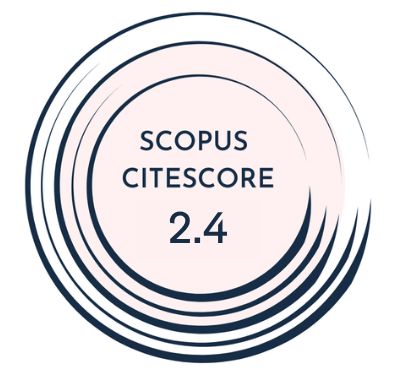Objective: The objective is to characterize the complete spectrum of fetal congenital anomalies across all organ systems using fetal magnetic resonance imaging (MRI) and to assess the comparative advantages of MRI and obstetric ultrasound. Materials and
Methods: This retrospective descriptive study included all referral fetal MRI scans performed between January 2020 and February 2024. Demographic and clinical data were extracted from institutional records. All US examinations were performed by experienced perinatologists. All MRIs were interpreted by a pediatric radiologist using a standardized protocol on a 1.5T scanner. Anomalies were categorized as craniospinal, body, head/neck, or other, with further subclassification of central nervous system and body anomalies.
Results: A total of 271 fetuses from 249 women (including 22 twin pregnancies) were evaluated. The mean maternal age was 29.2 ± 5.8 years, and the mean gestational age at the time of MRI was 29.5 ± 3.3 weeks. Craniospinal malformations were present in 187 fetuses (69%), body anomalies in 30 (11.1%), head/neck abnormalities in 7 (2.6%), and other anomalies in 6 (2.2%). Twenty fetuses (7.4%) had intrauterine demise, and 38 (14%) were normal. Magnetic resonance imaging provided additional diagnostic information in 52 cases (19.2%), primarily refining cortical malformations or ruling out suspected anomalies, whereas US identified findings not visualized on MRI in 18 cases (6.6%), mainly vertebral segmentation and extremity anomalies.
Conclusion: Fetal MRI complements obstetric US by contributing additional diagnostic detail in approximately one-fifth of cases, particularly for cortical and CNS anomalies, and confirms or refines US findings. Integration of both modalities improves congenital anomaly detection and supports informed patient management.
Cite this article as: Akyel NG, Ozgul H, Birinci AO, Arslanoglu T. Fetal congenital anomalies: Multi-regional MRI evaluation with prenatal ultrasound correlation. Turk Arch Pediatr. 2025, Published online October 13, 2025. doi 10.5152/TurkArchPediatr.2025.25170.


.jpg)
.png)


.jpeg)